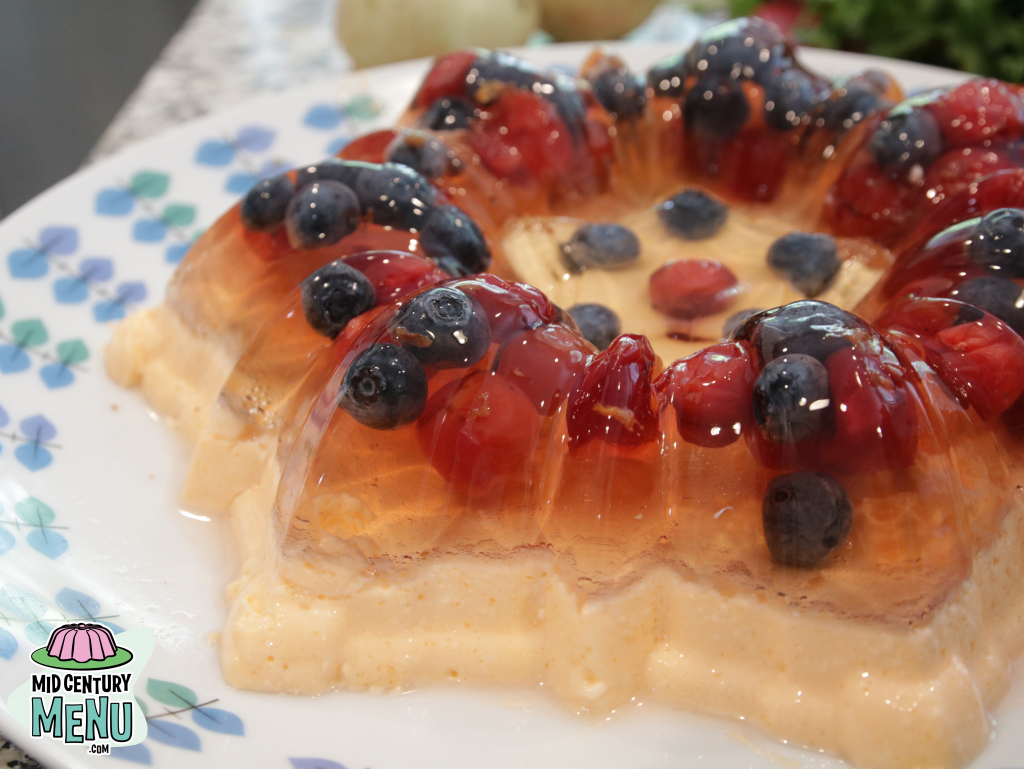

Using 100% pure fruit juice and adding enough sugar to sweeten it will prevent this problem from occurring in your future recipes. If you were using canned fruit juice that contains additives like preservatives or other ingredients that you cannot identify, the jello may have a slightly tacky texture. Solution: The quality of your fruit juice may be responsible for this issue. Problem: Jello has a slightly tacky texture after setting up. There are two solutions for this problem: either add more unflavored gelatin when you prepare your next batch, or sprinkle another package of powdered gelatin on top when you pour your hot jello into a metal pan so that the extra powder dissolves when it cools. Rather than allowing the sugar to dissolve properly, it will only partially dissolve in canyons of pure sugar crystals.


Solution: This is probably the most frustrating of all jello problems because it means that you have not used enough unflavored gelatin in your jello mixture. Problem: Jello is too runny or has separated into layers of clear jello and white clumps of sugar crystals. In general, it is best to use canned pineapple chunks because they have been heat treated for safety reasons. The enzymes in these citrus fruits interfere with the setting process and cause a slippery consistency, so wait several hours after you have set up your jello before adding fruit to the top. Solution: This can be caused by the addition of fresh pineapple or kiwi to a gelatin mixture that is not yet firm enough to contain them. It is best to cook any fruit juice containing gelatin until it reaches 220 degrees F on an instant-read thermometer before adding your other ingredients. Solution: You probably did not cook your jell-o long enough after adding the softened gelatin or did not add enough sugar or flavoring extracts when you added all of your ingredients. Problem: Jello tastes rubbery after it has set up. Jello should begin firming within an hour but may take several hours to set completely. Be sure to only boil the water for one minute before removing it from the stove, wait five minutes before mixing in your other ingredients, and then pour the mixture into a metal pan while still hot so that it will cool quickly. Solution: This can be caused by bacterial growth if you used boiling water to mix up your jello. Problem: Mold forms on top of jello before it has firmed up. This can happen if there are too many citrus fruits in your recipe or you used artificial sweeteners that contain citric acid such as aspartame or splenda. Solution: The mixture is too acidic and needs an alkaline (such as sodium bicarbonate) or calcium ingredient like powdered milk to neutralize the acidity. Problem: Jello fails to set up even after adding more unflavored gelatin. If you follow these steps, your gelatin should set up perfectly, but if it does not, use the following troubleshooting guide: You still need to pour it into a metal pan and allow it to chill for several hours. Alternatively, you could put all of your ingredients in a saucepan over low heat and stir constantly until everything dissolves then allow it to boil until it reaches 220 degrees F on an instant-read thermometer. It may take several hours for the gelatine to set, so be patient. Then pour it into an ungreased metal pan so that the liquid can chill quickly. Once the new package has softened for several minutes, add it to your original mixture and stir until completely dissolved. The first thing to do when jello fails to set up is to prepare a second batch of unflavored gelatin in hot water. Jello that did not set properly is a very frustrating problem, but we should help you resolve the issue.
#Envelope gelatin how to#
How To Fix Jello That Did Not Set Properly? Wait changed his company’s name from The Jell-O Company to The Genesee Pure Food Company, and introduced their trademarked new spelling: “Jell-O”. Wait, who first manufactured and sold it in 1897 under the brand name ‘jelly’. The name originated with the creator of the first commercially successful jello product, a fellow by the name of Pearle B. The first version of the product used carageenan as a gelling agent instead of gelatin, but these days jello usually contains gelatin. Jello is a sweet gelatin dessert that was originally made as a low-fat alternative to Jell-O. In this blog post, we will show you how to fix Jello that did not set properly using different methods. If you ever make Jello and it does not set properly, do not worry! There are several ways to fix the Jello so that it is edible again.


 0 kommentar(er)
0 kommentar(er)
